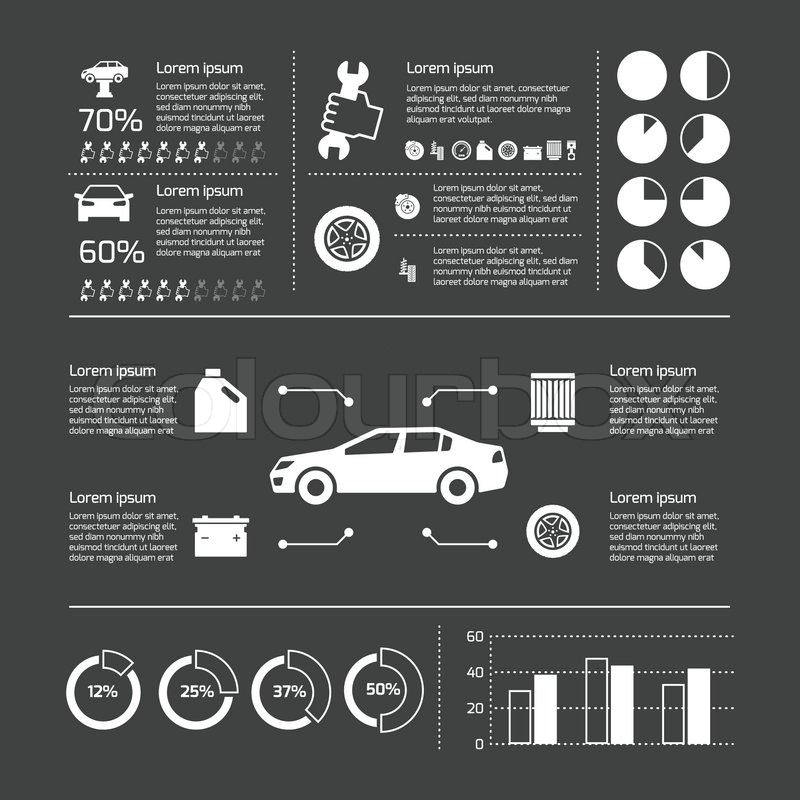Gain Insight Right Into The Dashboard Warning Lights In Your Car To Comprehend Their Effects On Your Vehicle'S Health And Security
Gain Insight Right Into The Dashboard Warning Lights In Your Car To Comprehend Their Effects On Your Vehicle'S Health And Security
Blog Article
Web Content Author-Hernandez Bishop
When you lag the wheel, those beautiful warning lights on your dashboard can be a bit puzzling. Do you know what they're trying to tell you about your vehicle's health and wellness? Understanding the relevance of these lights is vital for your safety and the durability of your car. So, the next time one of those lights pops up, wouldn't you want to analyze its message properly and take the necessary actions to resolve it?
Common Warning Lighting and Interpretations
Determine typical warning lights in your car and understand their meanings to make certain risk-free driving.
One of the most normal warning lights consist of the check engine light, which signifies concerns with the engine or discharges system. If this light comes on, it's critical to have your lorry examined quickly.
The oil pressure cautioning light indicates low oil stress, requiring instant focus to prevent engine damage.
A flashing battery light could recommend a defective billing system, potentially leaving you stranded if not dealt with.
The tire pressure tracking system (TPMS) light alerts you to low tire pressure, influencing car stability and gas efficiency. Neglecting this can result in unsafe driving conditions.
The abdominal light suggests an issue with the anti-lock stopping system, endangering your ability to stop swiftly in emergencies.
Last but not least, the coolant temperature level warning light warns of engine getting too hot, which can cause serious damages otherwise dealt with swiftly.
Understanding these common warning lights will certainly aid you deal with concerns quickly and maintain risk-free driving problems.
Importance of Prompt Focus
Comprehending the typical caution lights in your automobile is only the very first step; the significance of promptly dealing with these warnings can't be emphasized enough to ensure your safety on the road.
When a warning light illuminates on your control panel, it's your automobile's way of connecting a potential issue that needs interest. Overlooking these warnings can cause much more severe troubles in the future, jeopardizing your safety and potentially costing you a lot more in repairs.
repair brake pads to cautioning lights can avoid failures and mishaps. For example, a flashing check engine light can indicate a misfire that, if left ignored, could create damages to the catalytic converter. Resolving this immediately can save you from an expensive repair service.
Similarly, a brake system alerting light could indicate low brake fluid or worn brake pads, essential elements for your safety and security when driving.
DIY Troubleshooting Tips
If you discover a caution light on your dashboard, there are a few do it yourself repairing tips you can try before looking for specialist assistance.
The very first step is to consult your car's guidebook to understand what the specific warning light suggests. Often the concern can be as straightforward as a loosened gas cap setting off the check engine light. Tightening the gas cap may deal with the trouble.
Another typical issue is a low battery, which can cause different warning lights. Examining the battery links for corrosion and ensuring they're secure could repair the issue.
If auto repair continues, you can attempt resetting it by detaching the cars and truck's battery for a few minutes and after that reconnecting it. In addition, inspecting your car's liquid degrees, such as oil, coolant, and brake fluid, can aid troubleshoot alerting lights connected to these systems.
Final thought
To conclude, recognizing your auto's caution lights is essential for maintaining your vehicle running efficiently and safely. By quickly dealing with auto collision repair and understanding what they mean, you can avoid expensive repairs and possible break downs.
Bear in mind to consult your auto's guidebook for specific details on each cautioning light and take action as necessary to make certain a hassle-free driving experience.
Keep informed, remain secure when driving!
